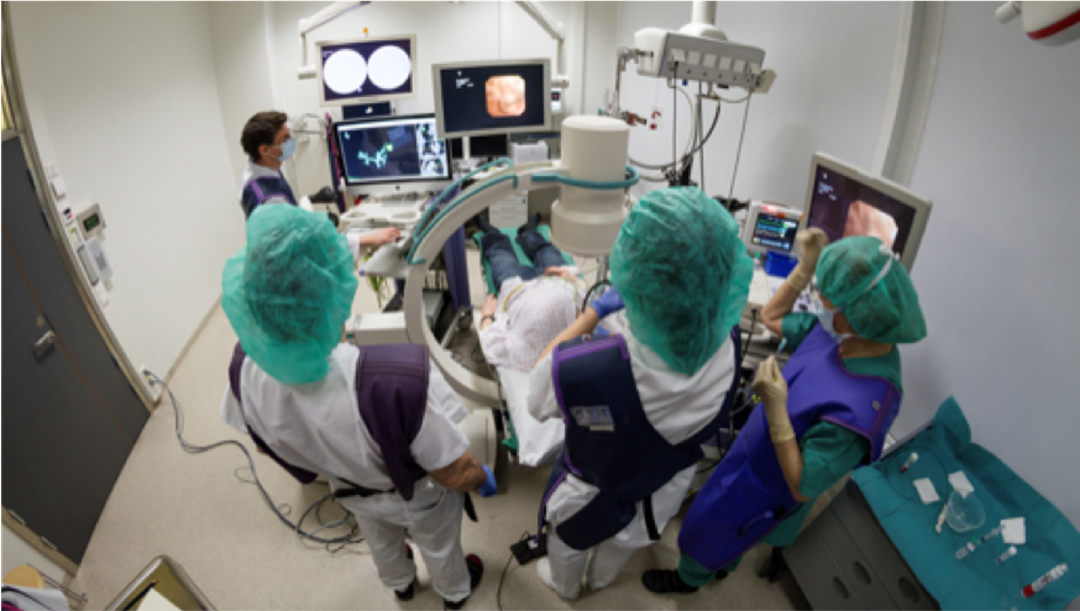Both internationally and in Norway, lung cancer has the largest incidence among all cancers, and it is the most important cause of cancer-related death in both men and women. Early detection, accurate diagnosis and proper early intervention for lung cancer have a high effect on survival and lung cancer care. Doctors use flexible video bronchoscopes for visual examination of the airways, sampling and biopsy for diagnosis. This is easy and safe when the pathological process is located and visible in the central airways. However, this technique has limitations when the lesions are smaller, located peripherally and/or outside the bronchi (i.e. not visible from within the airways).
The simplest and most common solution is the use of X-ray guidance (X-ray). X-ray guidance has its limitations, such as sub-optimal contrast resolution of the smallest lesions, which is often indicated in lung cancer lesions that can be cured. Real-time electromagnetic (EM) navigation bronchoscopy (ENB) combined with preoperative CT has been developed and tested for diagnosis and treatment. These and other methods include a preoperative CT and usually overlap a model of the position-traced bronchoscope or tool on the reformatted CT images. Position tracking is usually performed with small (~ 1 mm diameter) EM sensors that are integrated in the tip of the equipment. 3D CT data are adapted to the patient through a registration procedure in the initial phase of the procedure.

